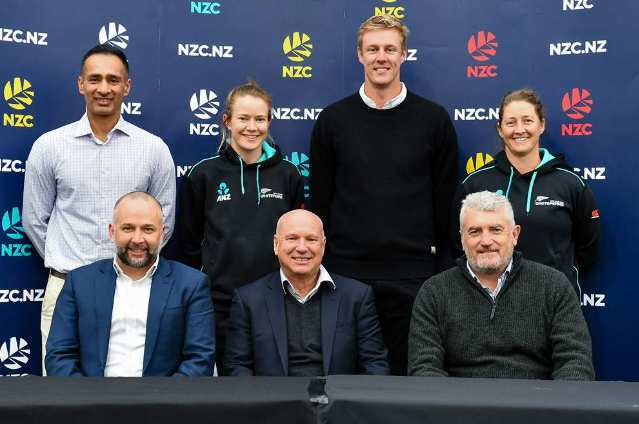The officials hosting the New Zealand's Cricket team have decided to remunerate their women cricketers the same as their male counterparts. The decision arrives here as a major landmark in the fight to close gender pay gap in sports. The decision shall come into effect from the next month, where both of the men and women players will be entitled to the same match fees, both at domestic or international levels. The decision culminated after four months when the United States women's national footballers won the six-year-long battle with their Federation to secure the equal compensation. The agreements are expected to be game-changers, encouraging more girls to take up the sports.
The Captain of New Zealand's Cricket Team said, 'It's great to be recognized in the same agreement, alongside with men. It's a massive step forward and will be a huge drawcard for young women and girls.'
It's equally true that victories in equal pay struggles have not been easy. Tennis actually went ahead in that race owing to the efforts of Billie Jean King, who pressurized the US to shell out the same for men and women back in 1973. The changes have not been made in tournaments yet which again proves that the road is still uphill. Football, basketball and golf remain holdouts. In this context, the decisions of the US and New Zealand appear seismic.
Barriers to bridge the gap between the pay gap have come from various quarters. In cricket, any move to narrow the monetary gap between men and women, especially in India, is dithered over by citing lower market ratings for the ladies game. In Tennis, the sporting argument that men play best-of-five-set matches at the Majors while the women best-of-three is often made.
It would be prudent to focus on the factors that are holding women back- unequal opportunities, curtailed playing time and lack of investment. Historically, men have been promoted and paid for sports well due to the social conditioning around them. Women on the other hand have been forced to realize that participation in any type of sport is actually not meant for them. It's a dire need that we must eliminate such barriers and improve access for the disadvantaged. The classic example in India is the success of Saina Nehwal and P.V. Sindhu, who benefitted from a reasonably well-structured system, found success and rose to become highly paid stars in their own right. It will also help if the terms of the debate are widened. Reducing the pay gap is also about being fair and respectful, and recognizing the effort and excellence women bring to the sport. It is time when the vicious cycle of fewer women accessing sports, fewer women becoming professionals, and hence fewer women having commercial opportunities is broken and the strides towards pay parity have hastened.
Reducing the pay gap is also about being fair and respectful, and recognizing the effort and excellence women bring to the sport.
'All sports must be treated on the basis of equality.' - Pierre De Coubertin.
. . .
References:

